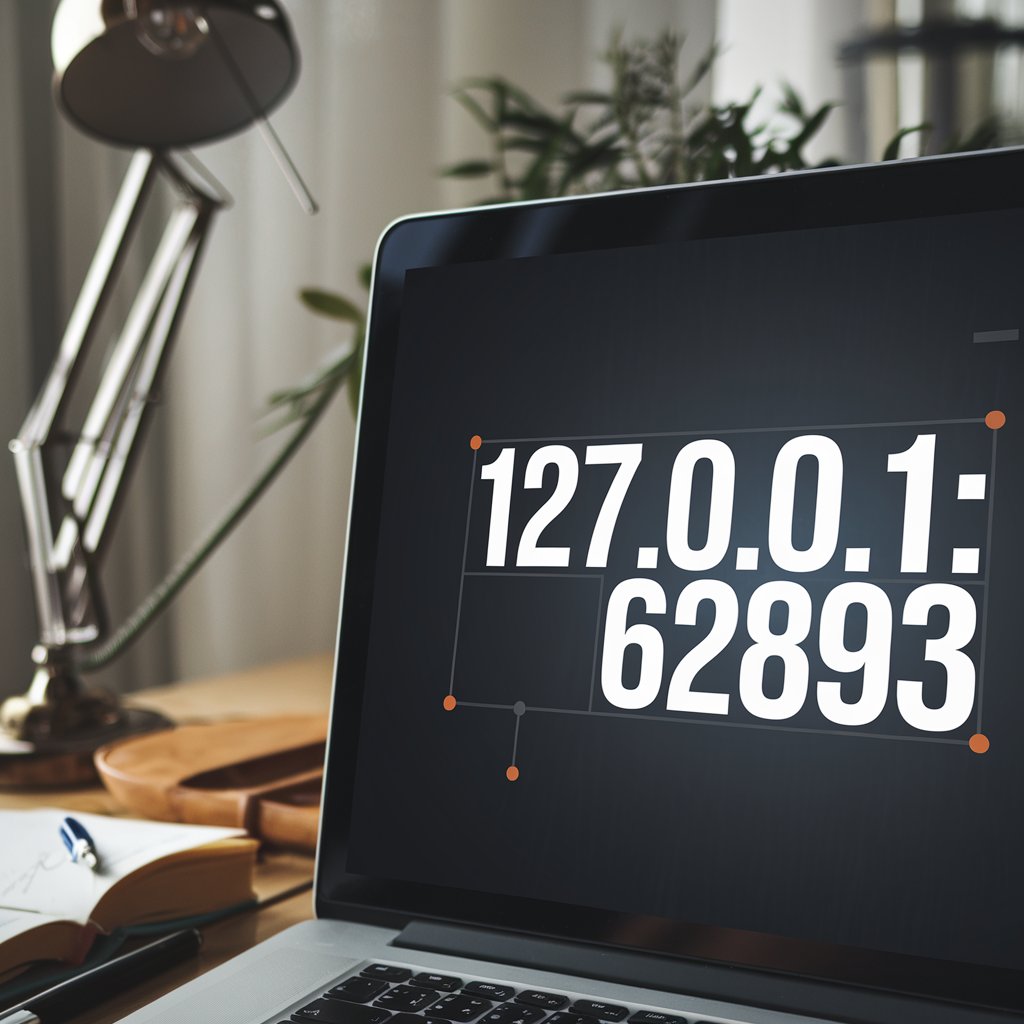Mastering 127.0.0.1:62893: Unleashing the Ultimate Potential of Localhost and Port Dynamics

When you come across “127.0.0.1:62893,” you might wonder what this seemingly random string of numbers and symbols means. Is it a website address, a security threat, or something more technical? In this article, we’ll break down what “127.0.0.1:62893” actually refers to, what its significance is in networking and computing, and why it may appear in your daily usage of technology.
Table of Contents
The Basics of 127.0.0.1: A Localhost Address
To understand “127.0.0.1:62893,” we first need to understand what “127.0.0.1” means. In networking, “127.0.0.1” is known as the localhost address or the loopback address. This address is used by computers to refer to themselves. It’s essentially a way for your computer to communicate with itself without involving the network. The use of “127.0.0.1” is common in testing and troubleshooting scenarios, particularly for software development, as it allows programs to interact with the computer’s networking stack without requiring a network connection.
The loopback address is part of the IP address range designated specifically for this purpose. This range falls between 127.0.0.0 and 127.255.255.255, with 127.0.0.1 being the most commonly used. It acts like a virtual bridge for data to loop back into the machine.

The Role of the Port Number 62893
Now, let’s talk about 62893. This number represents a port number that follows the IP address in “127.0.0.1:62893.” A port number in computer networking is essentially a virtual point where a device communicates with other devices over a network. Each service running on a machine listens for incoming connections on a specific port.
For example, HTTP traffic typically listens on port 80, while HTTPS listens on port 443. Port 62893, in this case, is less common and could be used by any service or application on the local machine. It’s a dynamic or ephemeral port, often assigned by the operating system for temporary connections, which might be used by a specific application for its operations.
If you see “127.0.0.1:62893” in your web browser or command prompt, it means the application running on your computer is trying to connect to itself through port 62893. This can be the case when you’re running a local web server, a database, or other software that needs to communicate with itself.
Common Uses for 127.0.0.1:62893
Here are a few scenarios where you might encounter “127.0.0.1:62893“:
- Development Environments: Developers often use localhost to test applications and services before deploying them to a live server. If you’re running a web application on your computer, it could be configured to listen on port 62893 for incoming HTTP requests.
- Database Connections: Some local databases, such as SQLite or MySQL, can use localhost with a specific port for database connections. Port 62893 could be assigned to a local database that’s running on your machine.
- Network Troubleshooting: If you’re diagnosing network issues, you may use the loopback address to test if your machine’s networking stack is working properly. If you run a test on “127.0.0.1:62893,” you might be confirming that the network services are properly listening on that port.
- Temporary Services: Port 62893 might be assigned dynamically to a temporary service, which is common in software like web servers or cloud applications running on local machines for testing.

Security Considerations for 127.0.0.1:62893
Although “127.0.0.1:62893” is generally a harmless address, it’s important to consider the security implications of any open ports on your machine. Here’s what to keep in mind:
- Application Security: Any service running on port 62893 should be secure. If this port is open, ensure that the application or service listening on it is properly secured and doesn’t expose vulnerabilities that could be exploited by malicious users.
- Port Scanning: If you are unsure why a specific port is open, you can use tools like netstat or lsof to see which applications are using it. This can help identify whether a potentially unwanted service is listening on the port.
- Firewall Configurations: It’s crucial to ensure that your firewall settings are appropriately configured to prevent unauthorized access to services running on localhost. Even though 127.0.0.1 is a local address, some malicious programs might attempt to exploit open ports if they have access to your system.
How to Troubleshoot 127.0.0.1:62893 Connections
If you’re having issues with “127.0.0.1:62893” or any other local network connection, here are some troubleshooting steps:
- Check Application Logs: If an application is supposed to be listening on this port, check its logs for errors or connection issues. Logs can often provide valuable information about what might be going wrong.
- Verify Port Availability: Use tools like netstat or lsof to verify that port 62893 is being used by the correct service. If another application is mistakenly using the port, you might need to reconfigure your service or change the port.
- Test Connectivity: You can test the connection to “127.0.0.1:62893” using a browser or a command-line tool like curl. If the service is up and running, you should be able to get a response. If not, it might indicate a problem with the service itself.
- Check Firewall Rules: Make sure your firewall isn’t blocking the connection to this local port. Typically, localhost connections should not be blocked, but firewall misconfigurations could prevent you from accessing certain services.

Also read: Wdroyo Technology: Pioneering a Sustainable Revolution
Conclusion
“127.0.0.1:62893” is simply an address used in networking to reference a local application or service running on your machine. The 127.0.0.1 part refers to your local machine’s IP address, while 62893 is a port number that the service listens to. Whether you’re a developer, troubleshooting an issue, or using a local service, understanding how this works helps in both troubleshooting and configuring your system.
Next time you encounter 127.0.0.1:62893, you’ll know exactly what it’s referring to and how to manage it properly for your networking needs. Stay vigilant with port security and ensure that all services running on your local machine are properly secured to avoid unnecessary risks.



